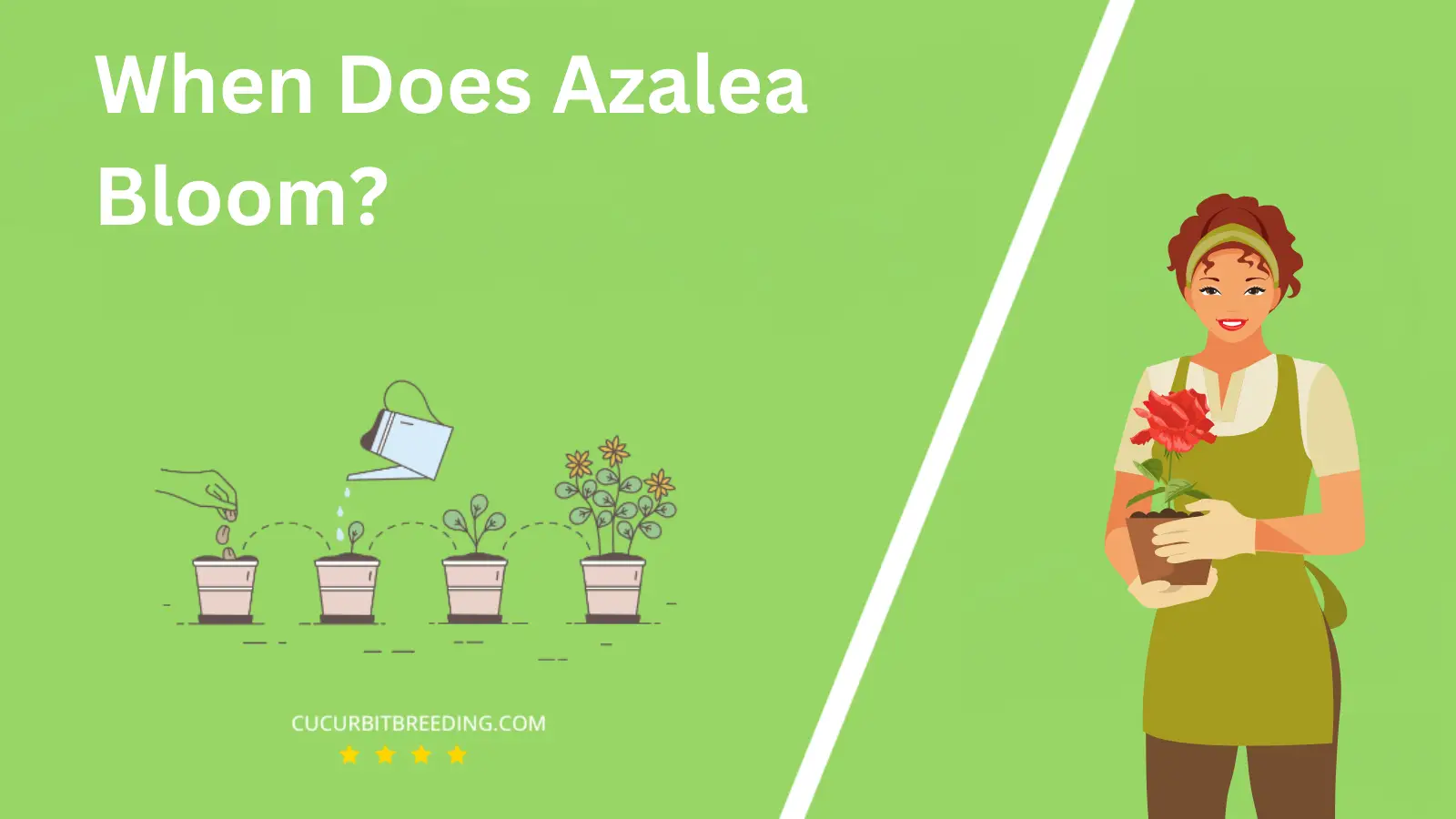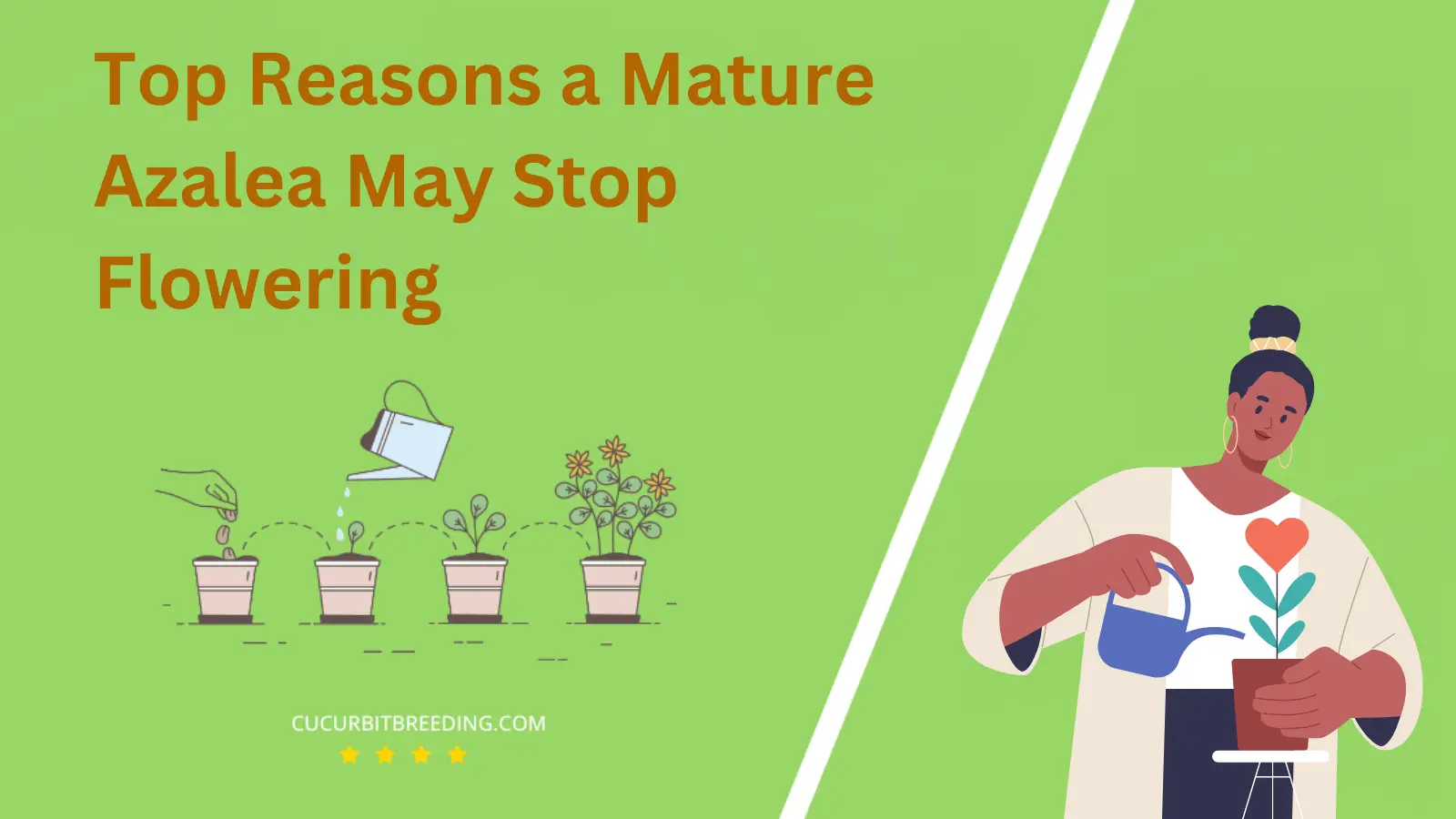
Have you ever wondered, “When does Azalea bloom?” This captivating question has piqued the curiosity of many gardening enthusiasts and nature lovers alike. Azaleas, with their vibrant hues and mesmerizing appeal, are a spectacle to behold.
However, their blooming period isn’t always common knowledge. Let’s embark on a journey to unravel this floral mystery, providing an in-depth analysis of Azalea’s bloom time.
When Does Azalea Bloom?
Azaleas typically bloom during the spring. The exact timing can vary based on the specific variety of azalea and the local climate. In warmer regions, some varieties can even bloom in the late winter. However, the vast majority of azaleas will bloom sometime between April and June.
| Stage | Description |
|---|---|
| Germination | Spring (March-May) |
| Growth | Spring (March to May) |
| Blooming | Spring (March, April, May) |
| Dormancy | Winter (December to February) |
How Long Do Azalea Bloom?
Azaleas typically bloom for a period of several weeks in late spring and early summer. However, the exact timing and duration of their blooming period can vary depending on the specific variety of azalea and the climate in which they are grown. Some types of azaleas can also rebloom in the fall.
On average, an azalea’s blooming period lasts between three to four weeks.
How Light Affects Azalea Blooms?
Light significantly impacts Azalea blooms. Azaleas generally require partial shade to thrive and produce vibrant flowers. If these plants receive too much direct sunlight, their blooms may get sunburnt, leading to withering and a decrease in their overall bloom production. Conversely, if they do not receive adequate light, they may produce fewer blooms or none at all.
To ensure optimal blooming, place Azaleas where they can get filtered sunlight for about 4-6 hours daily. Morning sun and afternoon shade is often considered the ideal condition. Proper light management is thus essential for the healthy blooming of Azalea plants.
Will Azaleas Bloom in the First Year You Plant Them?
Yes, Azaleas will bloom in the first year you plant them, provided that they are well-taken care of. They need the right conditions such as well-drained, acidic soil, and partial shade. However, the intensity of the bloom may not be as substantial as in the following years since the plant is still establishing itself.
Will Azalea Bloom Every Year?
Yes, Azaleas will bloom every year. These flowering shrubs are known for their annual bloom. However, the quality and quantity of their blooms can significantly depend on proper care and environmental conditions. Azaleas prefer a slightly acidic soil and partial sun exposure, and they need appropriate watering and fertilizing to ensure a healthy bloom every year.

Should I Deadhead Azalea Blooms?
Yes, you should deadhead Azalea blooms. Deadheading, or removing spent flowers, can encourage the production of more blooms and maintain the plant’s health. However, you should do it carefully to avoid damaging the buds for next year’s flowers that are close to the base of the current flowers.
Top Reasons a Mature Azalea May Stop Flowering

A mature Azalea may stop flowering due to several reasons. Incorrect pruning is one of the most common reasons; Azaleas are usually pruned right after they bloom. If pruning occurs too late in the season, it may remove next year’s buds.
Inappropriate light conditions can also affect Azalea’s blooming. These plants grow best in partial shade. Too much shade or too much sun can prevent them from flowering.
Improper watering and feeding can also cause this issue. Azaleas prefer well-drained, slightly acidic soil. They need regular watering and feeding to bloom well. Overwatering or underwatering, or over-fertilizing or under-fertilizing can lead to a lack of flowers.
Lastly, disease and pests can also prevent Azaleas from flowering. Diseases such as petal blight or pests like lace bugs and spider mites can damage the plant and hinder its ability to bloom.